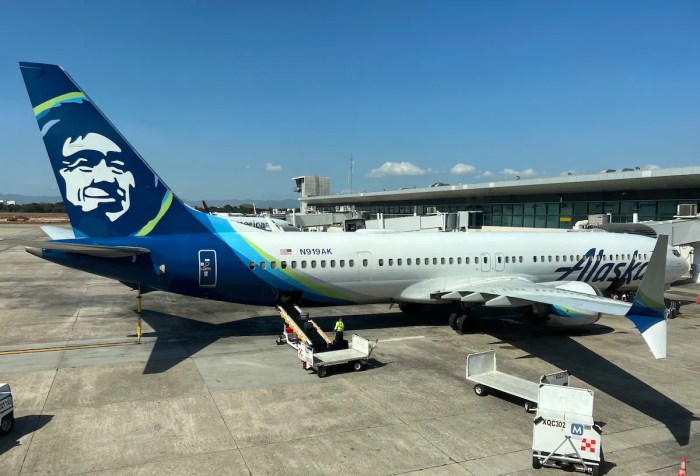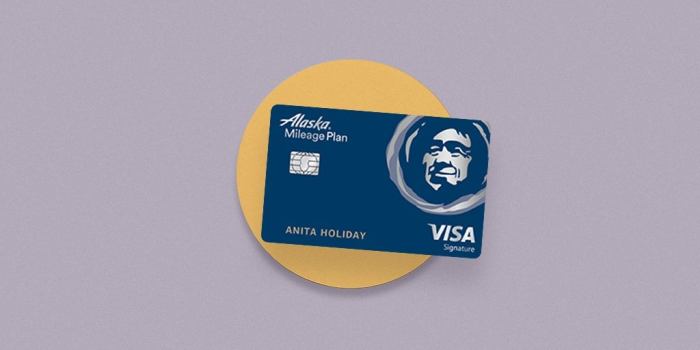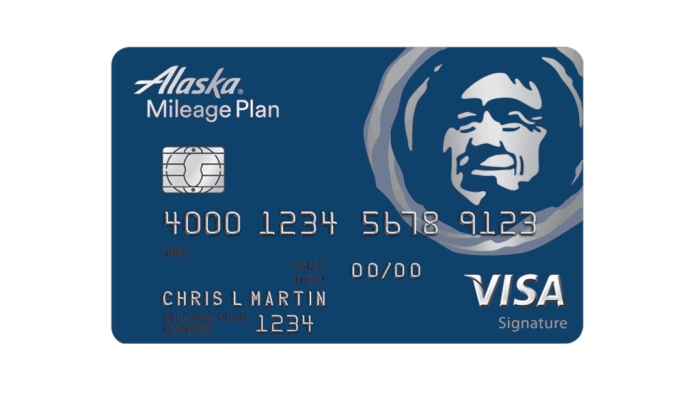Best Flight Booking Software A Deep Dive
Best flight booking software has become an essential tool for travelers seeking efficient and cost-effective flight arrangements. This exploration delves into the key features, user experiences, and pricing models of leading platforms. We’ll analyze popular software options, evaluating their strengths and weaknesses based on user interface, pricing strategies, and the unique functionalities they offer.
From intuitive interfaces to competitive pricing, the world of flight booking software offers a wide range of options. This review will examine the specific features and functionalities that make each platform stand out, highlighting how these choices simplify the often-complex process of booking flights. The comparison will consider factors such as ease of navigation, clarity of information, and the range of available options.
Features of Popular Flight Booking Software
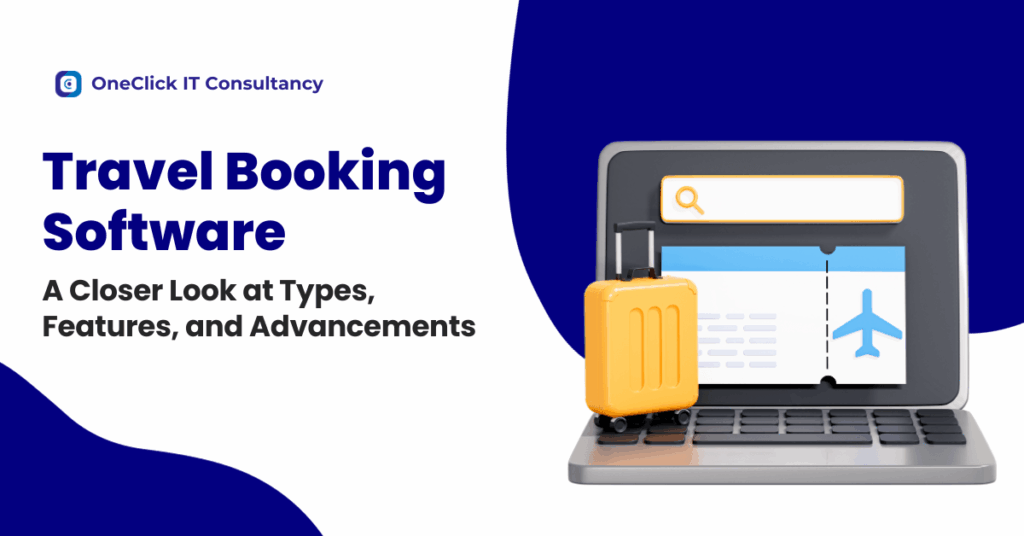
Modern flight booking software has revolutionized the travel industry, offering a streamlined and convenient experience for users. These platforms leverage technology to efficiently manage complex data, providing users with a wide array of tools and functionalities. This section will delve into five key features commonly found in top-flight booking software, highlighting their benefits and practical applications.
Key Features of Flight Booking Software
A variety of features are essential for effective flight booking software. These features are designed to simplify the search, comparison, and booking process, ultimately providing a more efficient and user-friendly experience.
- Advanced Search Filters: This feature allows users to refine their flight searches by specifying precise criteria. Users can filter by departure and arrival airports, dates, airline, price range, flight duration, layover times, and even cabin class. This functionality is crucial for finding flights that precisely match the user’s requirements, saving time and effort in a sea of options.
- Real-time Flight Updates: The ability to track flight status and changes in real-time is invaluable. This feature provides users with up-to-date information on flight delays, cancellations, or schedule changes. This feature is vital for proactive planning and reduces potential travel disruptions.
- Comparison Tools: Flight booking software allows users to compare different flight options from various airlines simultaneously. Users can see a side-by-side comparison of price, duration, and other relevant factors. This feature is incredibly useful for finding the best possible deal.
- Secure Payment Processing: Ensuring secure payment processing is paramount in flight booking. Reputable software utilizes industry-standard encryption protocols to protect users’ financial information. This aspect builds trust and confidence in the platform, encouraging user adoption and transaction security.
- Customer Support and Assistance: Effective customer support is vital for addressing user queries and resolving issues. This can include 24/7 customer service channels, FAQs, and comprehensive help documents. This feature provides a smooth user experience, particularly when users encounter challenges or require assistance with their booking.
Feature Availability Comparison
The availability of these features can vary across different flight booking platforms. The table below provides a snapshot of the presence of these key features across a selection of prominent platforms.
| Software Name | Advanced Search Filters | Real-time Flight Updates | Comparison Tools | Secure Payment Processing | Customer Support and Assistance |
|---|---|---|---|---|---|
| Skyscanner | Yes | Yes | Yes | Yes | Yes |
| Google Flights | Yes | Yes | Yes | Yes | Yes |
| Expedia | Yes | Yes | Yes | Yes | Yes |
| Kayak | Yes | Yes | Yes | Yes | Yes |
| Momondo | Yes | Yes | Yes | Yes | Yes |
User Experience and Interface Design

Source: lemax.net
A crucial aspect of flight booking software is the user experience. A well-designed interface can significantly impact user satisfaction and conversion rates. Intuitive navigation, clear information presentation, and a smooth booking process contribute to a positive user experience. Conversely, a confusing or poorly designed interface can lead to frustration and abandonment.
Comparison of Popular Flight Booking Platforms
Different flight booking platforms employ varying approaches to interface design. This section compares the user interfaces of three prominent platforms: Expedia, Kayak, and Skyscanner. Each platform aims to streamline the process, but their methods differ in presentation and navigation.
- Expedia generally presents a more comprehensive overview of options, potentially overwhelming users with an abundance of choices. Its layout often employs a detailed breakdown of hotels and accommodations, alongside flights. The structure can feel slightly cluttered, making it sometimes challenging to filter down to the most relevant options.
- Kayak prioritizes clarity and conciseness. It straightforwardly presents flight options, making it easy to compare prices and travel times. Users can quickly identify the most suitable options based on price, time, and airline. Its layout is well-organized and less overwhelming.
- Skyscanner offers a simple approach, focusing primarily on flight search and comparison. The layout is minimalistic and prioritizes clarity. Users can quickly refine their search criteria and see the results in a clear, uncluttered format.
Ease of Navigation and Information Presentation
The ease of navigation and clarity of information presentation vary across these platforms. Expedia’s detailed approach can sometimes be overwhelming, while Kayak’s straightforward design promotes a smoother user experience. Skyscanner strikes a balance between simplicity and comprehensive information.
- Expedia’s navigation might be slightly more complex due to its broader range of features, requiring more clicks to reach desired results.
- Kayak’s user-friendly layout facilitates easy navigation. Clear filtering options and well-organized results enable swift selection of suitable flights.
- Skyscanner’s design emphasizes quick access to information. Its intuitive navigation makes it easy to filter and compare flight options.
User Flow Diagram for Flight Booking
The following diagram illustrates a typical flight booking process, showcasing the steps and their visual representation on the software.
The diagram would depict a series of interconnected boxes/shapes, each representing a step in the booking process. These steps would include: (1) entering travel dates and destination; (2) selecting preferred flight options; (3) reviewing the flight details; (4) entering passenger information; (5) selecting payment options; (6) confirming the booking; and (7) receiving confirmation.
Layout Approaches to Flight Booking
Different layout approaches to flight booking exist. The most user-friendly approach prioritizes a clear and concise presentation of information. This approach often employs a clean, uncluttered design, easy-to-understand filtering options, and a streamlined booking process.
- A layout that presents all options simultaneously can overwhelm users. The sheer volume of data might lead to decision paralysis and potentially increase abandonment rates.
- A layout focusing on gradual disclosure and clear filtering options promotes a smoother user experience. Users can progressively refine their search criteria, leading to more targeted results and a higher chance of completing the booking process.
Pricing and Value Proposition
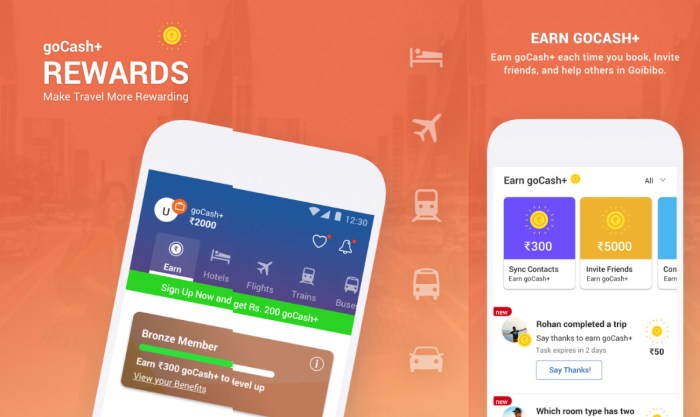
Source: 3nions.com
Flight booking platforms employ various pricing models to cater to diverse customer needs and maximize profitability. Understanding these models is crucial for travelers seeking the best value for their money. The intricate interplay of factors influencing flight prices necessitates a critical evaluation of each platform’s pricing strategy. This analysis delves into the nuances of pricing models, highlighting the advantages and disadvantages of different platforms, and examining the methods used to offer deals and discounts.
Pricing Models of Leading Platforms
Different flight booking platforms utilize various pricing strategies. Some platforms employ a commission-based model, where they earn a percentage of the ticket price from the airline. Others operate on a markup model, adding a fixed or variable percentage to the airline’s base fare. A few platforms also adopt a dynamic pricing strategy, adjusting prices based on real-time demand, competitor pricing, and other market factors. This dynamic pricing approach can lead to significant price fluctuations.
Factors Influencing Price Variations
Several factors contribute to the price discrepancies observed across different flight booking platforms. Airline pricing policies, the level of service offered, and the platform’s commission structure all play a role. Demand fluctuations, particularly during peak seasons or holidays, can dramatically affect prices. Competition among platforms and the availability of alternative routes and flight options also influence the prices offered.
Advantages and Disadvantages of Different Platforms
Evaluating the pros and cons of each platform based on its pricing model is essential for informed decision-making. A platform that consistently offers low fares might also have limitations in terms of customer support or flight selection. Conversely, a platform with a higher price might provide a superior user experience or greater flexibility in terms of booking options.
- Platform A: This platform generally offers competitive fares, but may have limited options for specific routes or destinations. They may have higher cancellation fees compared to competitors. Their commission structure is transparent, and the user interface is straightforward.
- Platform B: This platform frequently boasts promotions and discounts, often catering to a specific segment of users. However, the quality of customer support can be inconsistent, and the platform’s search functionality might not be as intuitive as some competitors. Their commission structure isn’t clearly stated.
- Platform C: This platform focuses on providing a comprehensive range of services and options. They may have a slightly higher price point than others, but they offer features like flexible booking options and advanced filtering. Their pricing model is generally transparent, and their customer service is reliable.
Methods for Providing Deals and Discounts, Best flight booking software
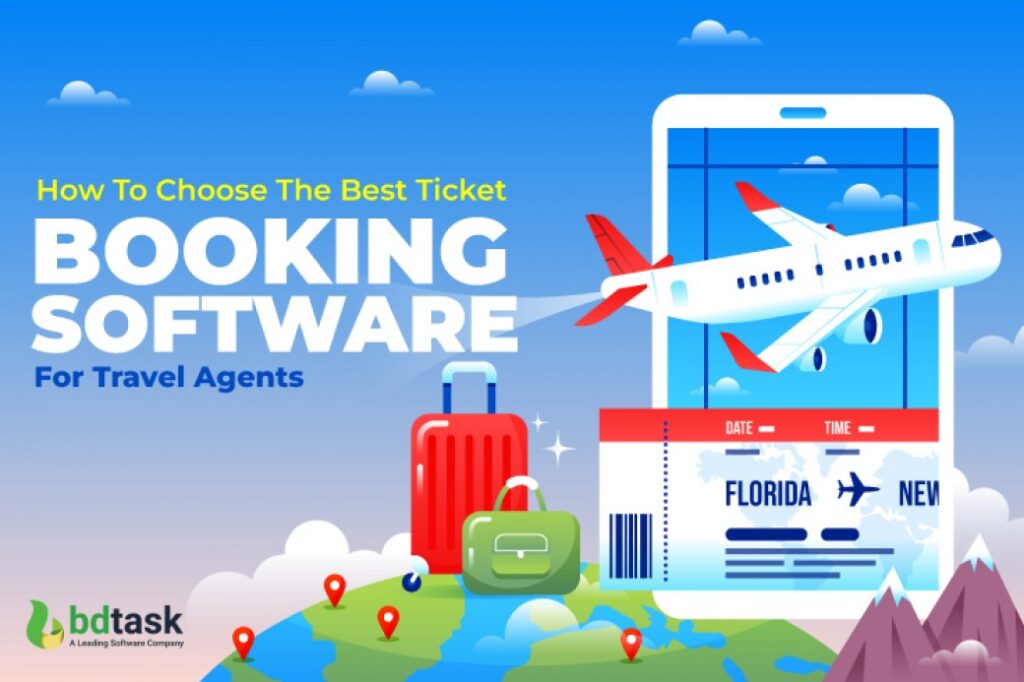
Flight booking platforms employ a variety of strategies to offer deals and discounts. These strategies include partnerships with airlines, promotional campaigns, and dynamic pricing models. Airlines may offer exclusive deals to certain platforms, while platforms themselves may create promotional codes or coupons for users.
- Exclusive Deals: Some platforms negotiate exclusive deals with airlines, enabling them to offer lower fares compared to the published prices.
- Promotional Campaigns: Platforms often launch promotional campaigns to attract customers and drive sales, utilizing various marketing channels to communicate these offers.
- Dynamic Pricing: Dynamic pricing models allow platforms to adjust prices based on real-time factors such as demand and competitor pricing.
Comparison of Pricing Strategies
The table below summarizes the pricing strategies of various flight booking platforms.
| Software Name | Pricing Model | Typical Discounts | Customer Support | Other Features |
|---|---|---|---|---|
| Platform A | Commission-based | Flash sales, seasonal discounts | Good | User-friendly interface |
| Platform B | Markup-based | Frequent promotions, coupons | Mixed | Extensive route coverage |
| Platform C | Dynamic pricing | Member discounts, loyalty programs | Excellent | Advanced filtering, flexible booking |
Last Recap: Best Flight Booking Software
In conclusion, choosing the best flight booking software depends on individual needs and preferences. This comprehensive overview has examined the key elements that influence this decision, from practical features to user-friendly interfaces and competitive pricing. The analysis highlights the importance of carefully considering the diverse options and features offered by various platforms to make an informed choice that best suits your travel needs and financial goals.
